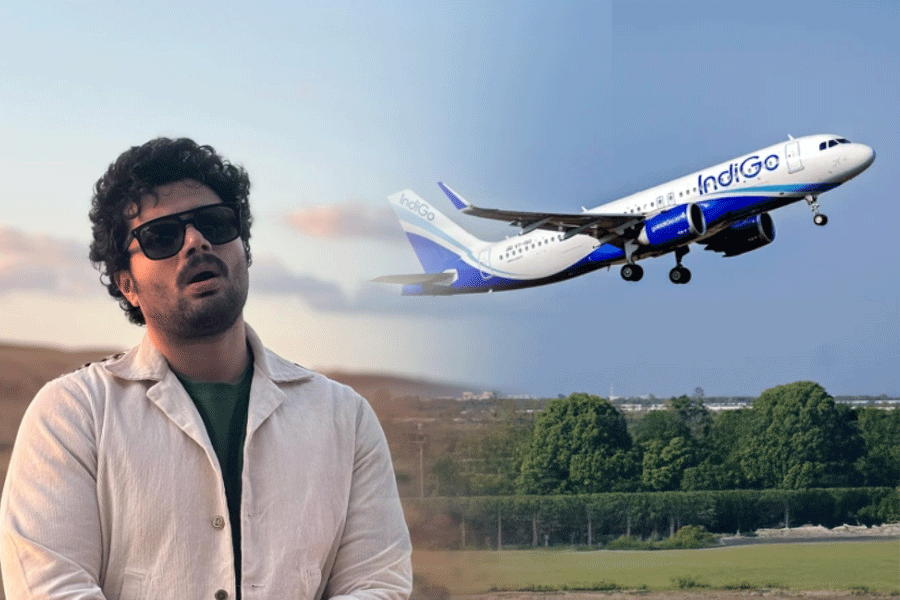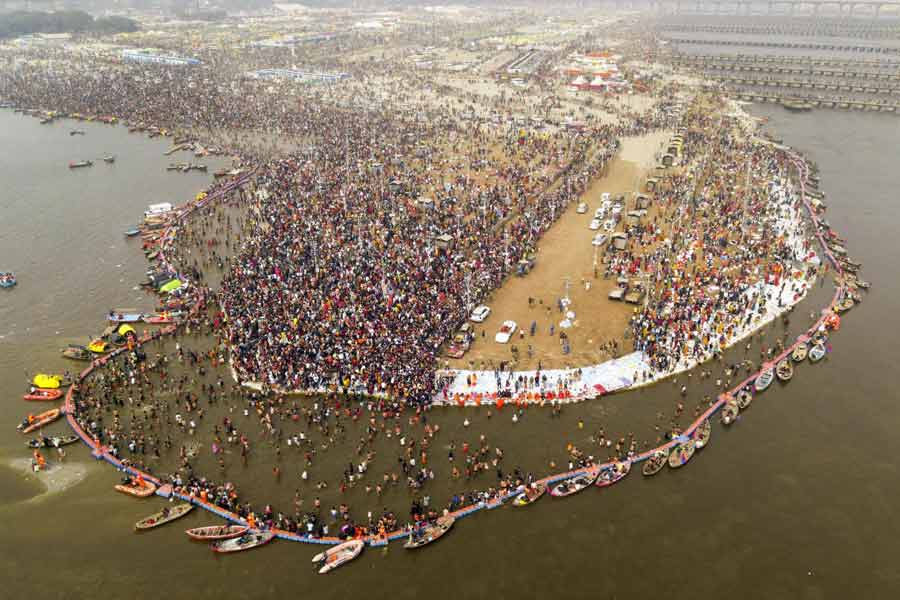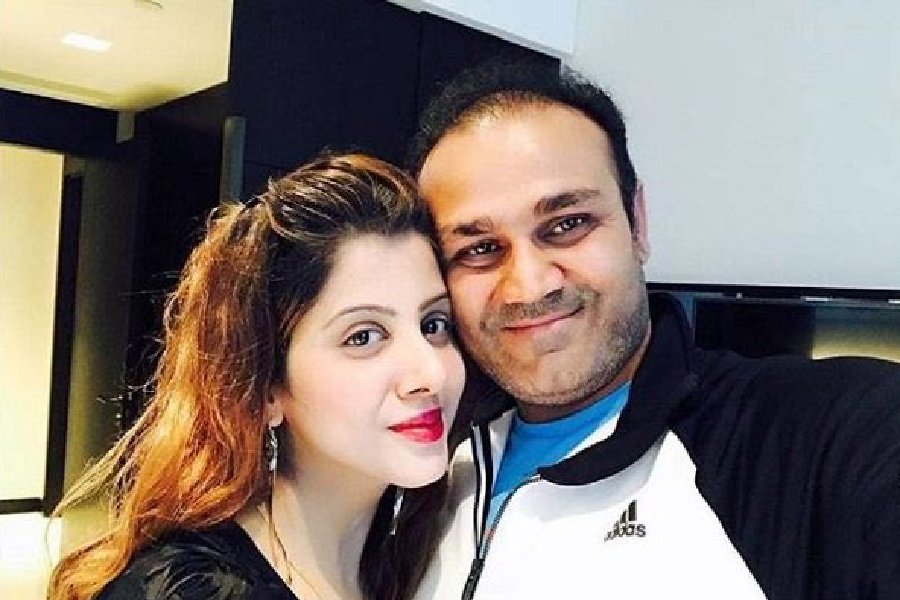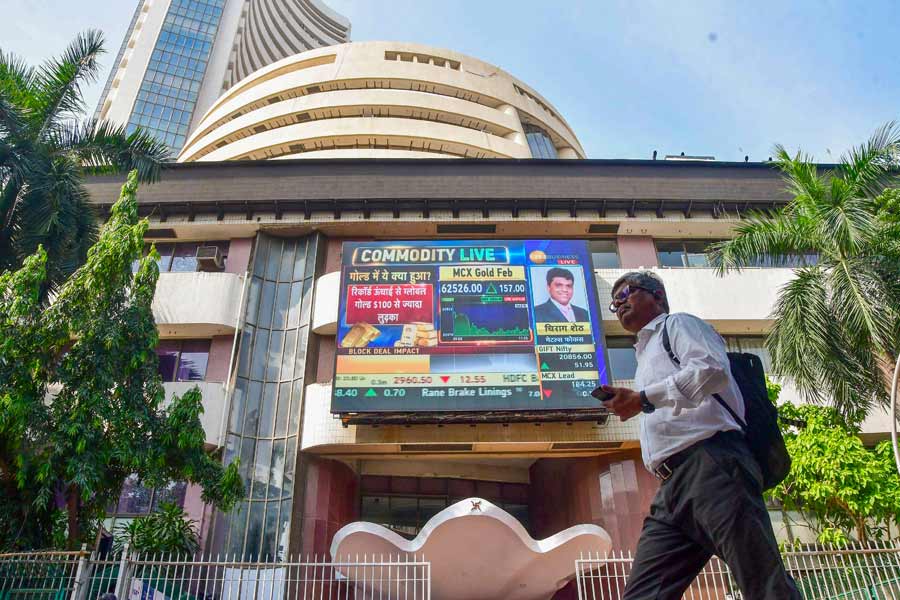Narendra Modi once looked up to China. As a business-friendly Indian state leader, he traveled there repeatedly to attract investment and see how his country could learn from its neighbor’s economic transformation. China, he said, has a “special place in my heart.” Chinese officials cheered on his march to national power as that of “a political star.”
But not long after Modi became prime minister in 2014, China made clear that the relationship would not be so easy. Just as he was celebrating his 63rd birthday by hosting China’s leader, Xi Jinping — even sitting on a swing with him at a riverside park — hundreds of Chinese troops were intruding on India’s territory in the Himalayas, igniting a weekslong standoff.
A decade later, ties between the world’s two most populous nations are almost completely broken. Continued border incursions flared into a ferocious clash in 2020 that threatened to lead to all-out war. Modi, a strongman who controls every lever of power in India and has expanded its relations with many other countries, appears uncharacteristically powerless in the face of the rupture with China.
As Modi seeks a third term in an election that begins Friday, the tensions weigh heavily on the overarching narrative of his campaign: that he is making India a major global power and, by extension, restoring national pride. Far from the 2,100-mile border, along every avenue where India seeks to expand, China looms as a fierce competitor.
In India’s own backyard in South Asia, China has used its vast resources — the fruits of economic reforms introduced decades before India’s — to challenge Indian preeminence, courting partners through infrastructure deals and gaining access to strategic ports.
More broadly, China and India are vying to lead the developing nations of the so-called global south. When India hosted the Group of 20 summit last year, using it to showcase its support of poorer countries, Xi skipped the event. China has also been a major roadblock in India’s campaign to gain a coveted permanent seat on the U.N. Security Council.
“Today, you encounter an India which perhaps you had never seen before, in many senses,” said Nirupama Menon Rao, a former Indian ambassador to China and the United States. “I think the Chinese are increasingly aware of it, and they would still like to pull us down, to create barriers.”
India’s estrangement with China has provided an opening for Western nations to expand defense and economic ties with New Delhi, a distressing development for Beijing.
India signed a series of deals with the United States last year to strengthen military cooperation. India has also drawn closer to the other two members of the so-called Quad, Australia and Japan, as the group works to counter China’s projection of power.
In addition, India sees an opportunity as the United States and Europe look for alternatives to China as a place to make their products. One early success has been sharply increased production of iPhones in India.
But even with these openings, China continues to expose Indian insecurities. The Chinese economy is about five times the size of India’s, and China remains India’s second-biggest trade partner (after the United States), exporting about six times as much to India as it imports. China spends more than three times what India does on its military, giving its forces a significant advantage across land, sea and air.
The Indian military, which has long struggled to modernize, is now forced to be conflict-ready on two fronts, with China to India’s east and archrival Pakistan to its west.
Tens of thousands of troops from both India and China remain on a war footing high in the Himalayas four years after the deadly skirmishes broke out in the disputed Eastern Ladakh region, where both countries have been building up their military presence. Nearly two dozen rounds of negotiations have failed to bring disengagement.
Although the political opposition has tried to paint Modi as weak in the face of Chinese encroachment, the border incursions are unlikely to hurt him much politically, given the lack of news coverage from a largely sympathetic Indian media.
Still, Modi has had to prioritize billions of dollars for border infrastructure and military upgrades as India still struggles to cover the basic needs of its 1.4 billion people. His government is drawing up plans to repopulate hundreds of border villages as a second line of defense against the constant threat of Chinese encroachment.
S. Jaishankar, Modi’s external affairs minister, admitted recently that there were “no easy answers” to the dilemma posed by India’s aggressive neighbor. “They are changing, we are changing,” Jaishankar said. “How do we find an equilibrium?”
In a book published in 2020, just as he had taken over as Modi’s trusted foreign policy architect, Jaishankar wrote that the tensions between the United States and China set “the global backdrop” for India’s choices in a “world of all against all.” India’s ambitions as a major power, he wrote, would require a juggling act: “engage America, manage China, cultivate Europe, reassure Russia.”
India’s rise as a large, growing economy has allowed it to hold its ground — working with any partner it can benefit from — in a polarized and uncertain world.
Even as India has expanded defense ties with the United States and doubled bilateral trade over the past decade, to about $130 billion in goods alone, it has resisted American pressure to reconsider its strong relations with Russia. India has deepened connections with Europe and the Middle East, too; trade with the United Arab Emirates alone has reached $85 billion.
While India remains wary of becoming a pawn in the West’s fight with Beijing, and has not forgotten its frosty history with the United States, China has become an unavoidable focus after being a secondary threat for much of modern Indian history.
India’s socialist founding prime minister was accommodating of communist China, but the bonhomie was shattered by a monthlong war in 1962 that left thousands dead. The relationship began to normalize in the 1980s even as incursions continued, and open channels of communication kept tensions down and elevated trade.
“It was a different China,” said Rao, the former top diplomat.
The situation changed in the years before Modi took office, she said. As its economy soared, China began flexing its muscles — investing heavily in its Belt and Road infrastructure initiative, which India saw as threatening its security and spheres of influence, and moving more aggressively on its borders and in the Indian Ocean.
Still, Modi, blacklisted by the United States when he was a state leader over his role in bloody religious riots, continued to extend a hand to Beijing. As prime minister, he did not allow the embarrassment of the Chinese incursion in 2014 to dampen his red-carpet welcome to Xi. His subtle message — a warning that “a little toothache can paralyze the entire body” — carried the hope that Xi would come around.
That hope ended with the deadly 2020 clash in Eastern Ladakh. Now, it is clear that New Delhi is resigned to a long-term threat from China, a shift evident in Modi’s push for road and tunnel construction in border areas to support a large troop presence.
Over the past five years, more than 2,200 miles of roads have been built along the border. In the Kashmir region, over 2,000 workers have been busy for three years digging a high-altitude tunnel that will improve connectivity to Ladakh.
When the tunnel project, which will cost more than $850 million, is completed, it will ensure that traffic moves year round, and reduce travel time by hours.
“For four months, the supplies to the Indian army were cut off because the road would get closed,” said Harpal Singh, the project head. “After this tunnel is complete, that will not happen again.”
Modi’s government is also trying to revive hundreds of villages along the border to fortify defenses.
Through a program called Vibrant Villages, the government is working to develop infrastructure, extend services and nurture tourism in the hope of reversing the economic migration that created “ghost villages.”
“What India could have done in the last 20 years, they have to do now in two,” said Sonam Murup, a retired Indian army officer from Ladakh, referring to infrastructure development in his area.
“Our situation is much better now,” he said. “But when you look toward the Chinese side, you can see villages full of lights.”
The New York Times











